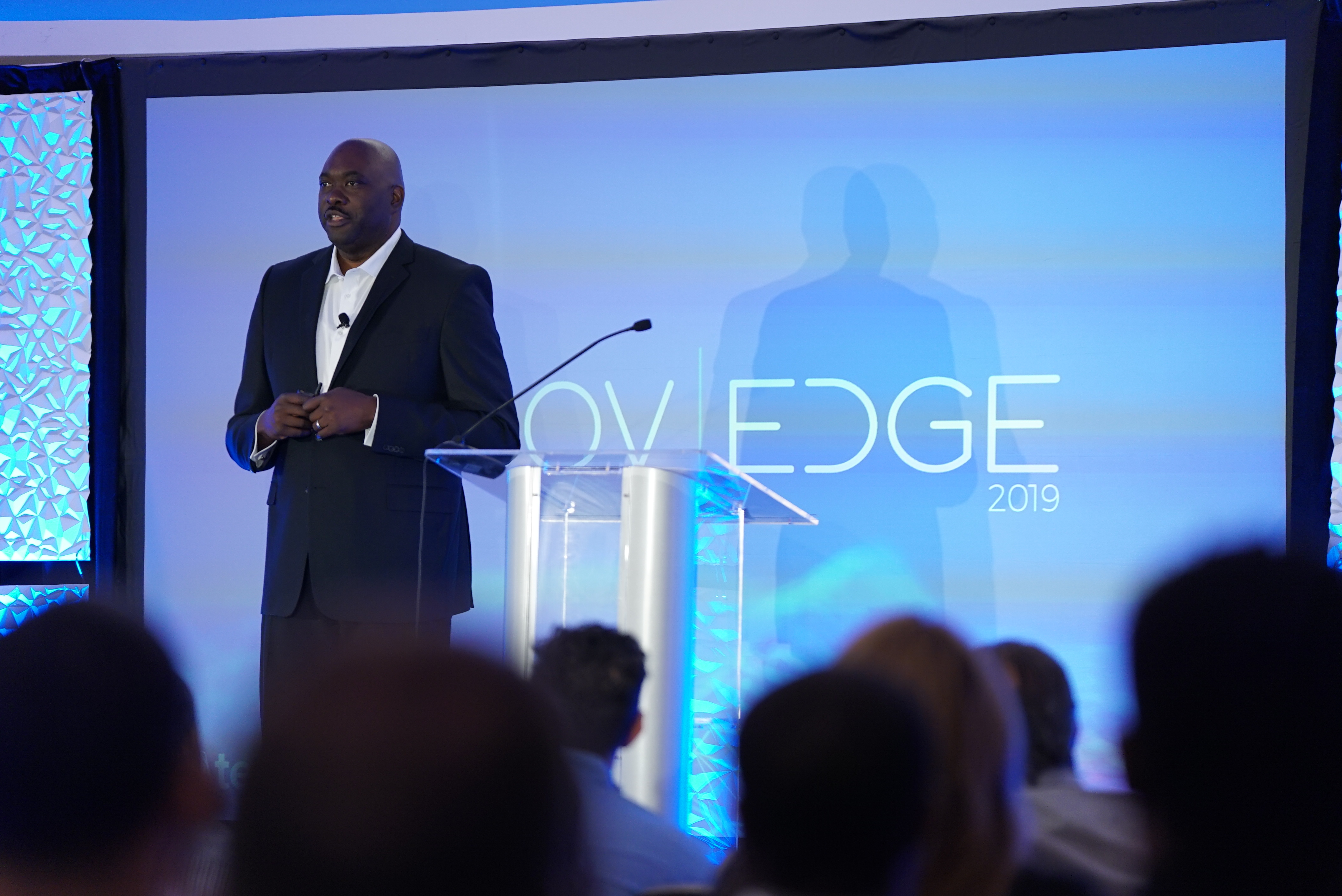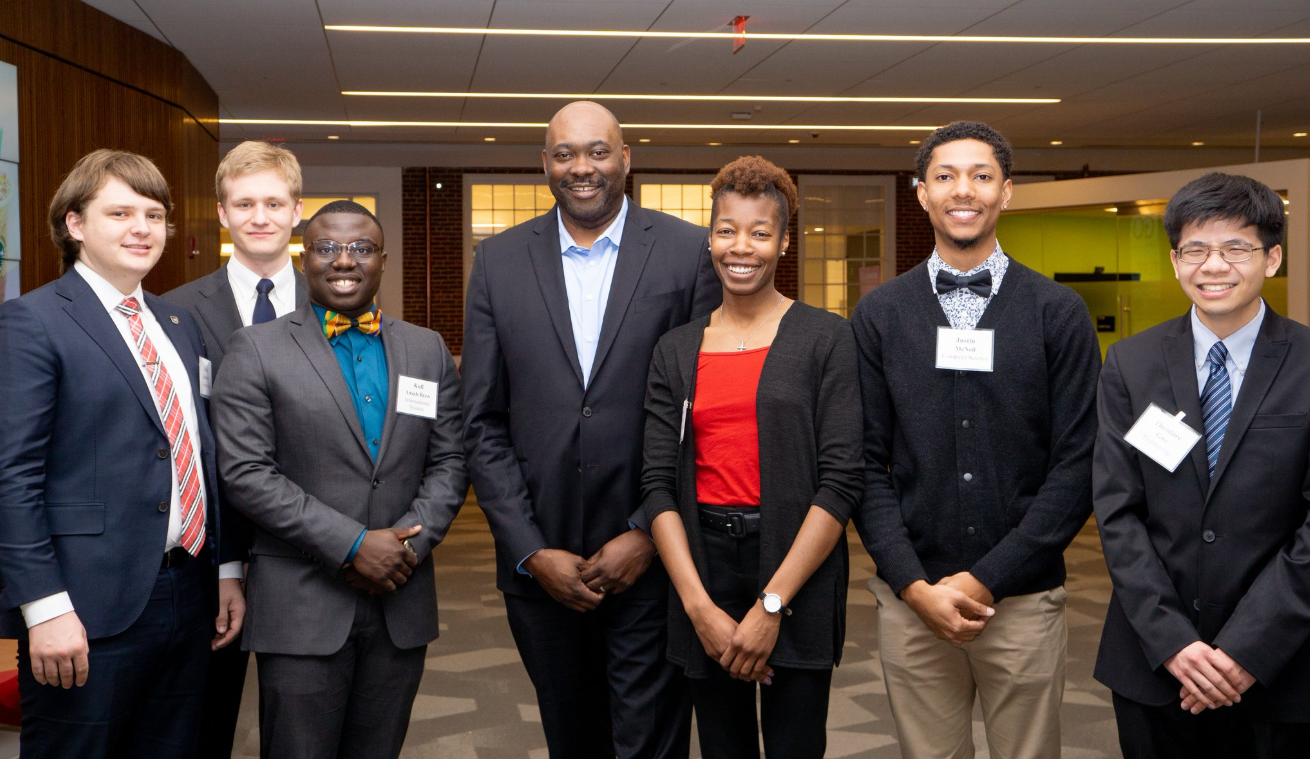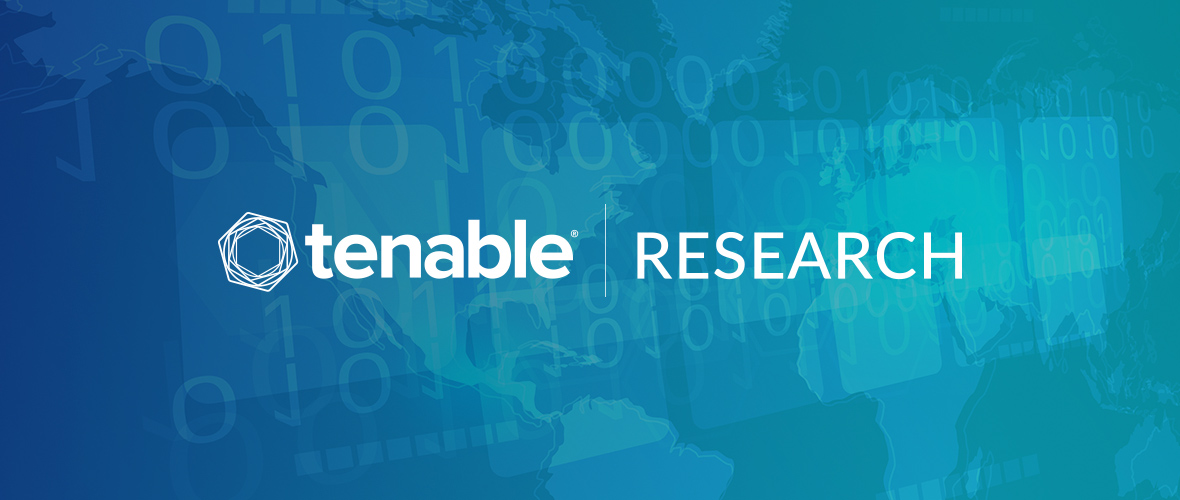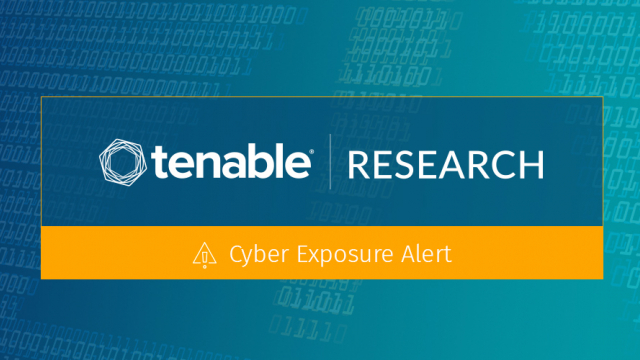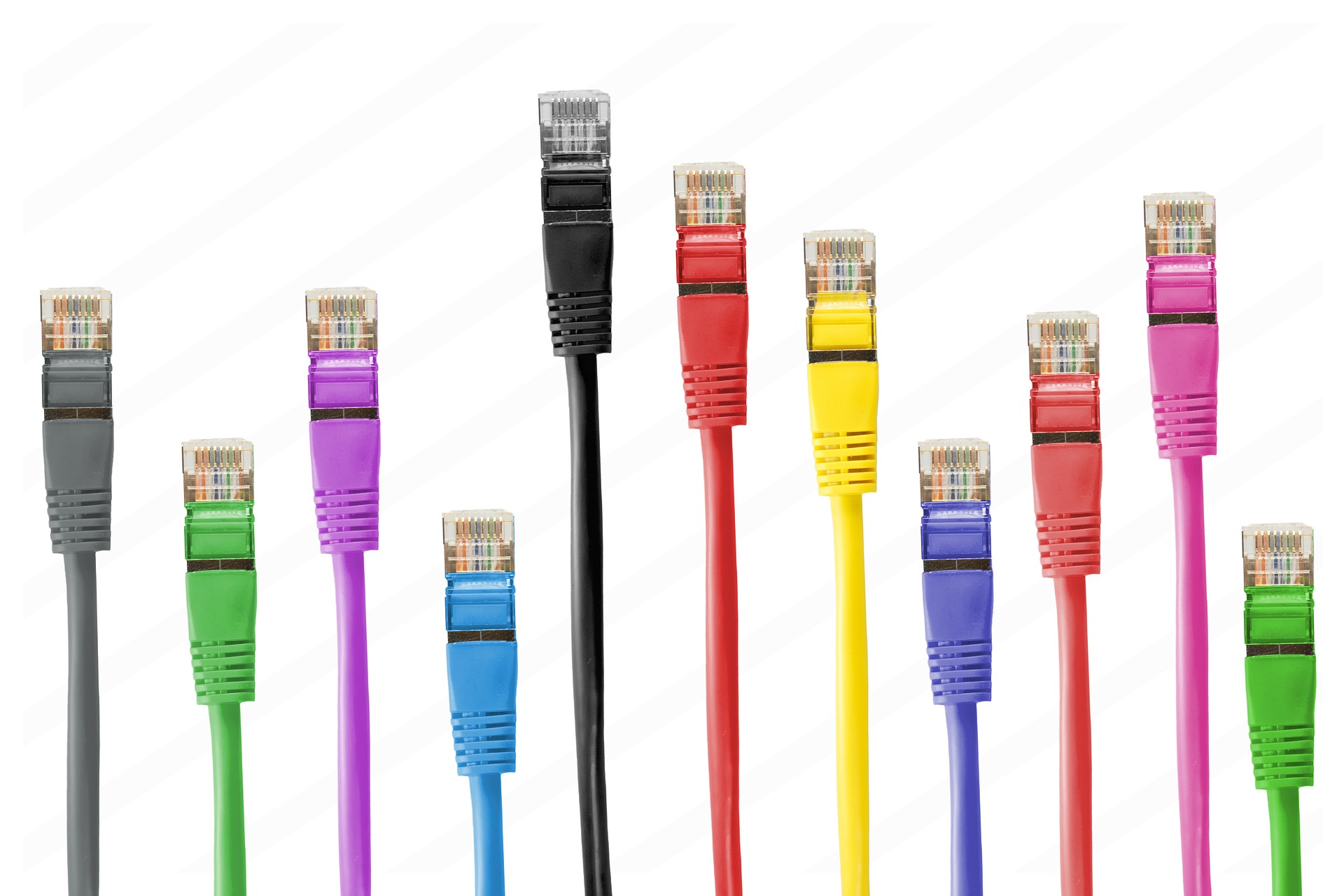
Tenable Researcher David Wells discovered a vulnerability in Slack Desktop for Windows that could have allowed an attacker to alter where files downloaded within Slack are stored. Tenable worked with Slack via HackerOne based on our coordinated disclosure policy and Slack has since released a new version of its Windows desktop client to address this vulnerability. Users should ensure their Slack desktop application is up to date.
Background
Tenable Research discovered a download hijack vulnerability in Slack Desktop version 3.3.7 for Windows. This vulnerability, which has been patched, would have allowed an attacker to post a crafted hyperlink into a Slack channel or private conversation that changes the document download location path when clicked. It does require user interaction to exploit, giving it a CVSSv2 score of 5.5 (Medium).
Slack has 10 million active users every day and 85,000 organizations use the paid version. We cannot confirm how many of those are Windows App users.
Analysis
An attacker can abuse the "slack://" protocol handler, which has the capability to change sensitive settings in the Slack Desktop Application. A crafted link like “slack://settings/?update={‘PrefSSBFileDownloadPath’:’<pathHere>’}” will change the default download location. This download path can be an attacker-owned SMB share, which would cause all future documents downloaded in Slack to be instantly uploaded to the attacker's server. The attacker could also manipulate the contents of the documents after download before the victim opens them.
The hyperlink text can be masqueraded by using the "attachment" feature in Slack, which allows an attacker to replace the hyperlink’s actual uniform resource identifier with any custom text, possibly fooling users into clicking.
Vendor response
Tenable reported to Slack a vulnerability related to the Slack Desktop Application for Windows via HackerOne. Slack patched the bug as part of its latest update for Slack Desktop Application for Windows, v3.4.0. Slack investigated and found no indication that this vulnerability was ever utilized, nor reports that its users were impacted. As always, users are encouraged to upgrade their apps and clients to the latest available version.
Impact
Attack scenarios:
The attack can be performed through any Slack direct messaging or Slack channel to which an attacker might be authenticated. Using this attack vector, an insider could exploit this vulnerability for corporate espionage, manipulation, or to gain access to documents outside of their purview.
While less effective, these hyperlink attacks could be done without Slack channel authentication, via external .rss feeds or other content pulled into a Slack channel from an external source that may contain attacker-crafted hyperlinks. This attack could be launched by someone outside of the organization but there are variables that might reduce the chances of success, like knowing which .rss feeds the target Slack subscribes to.
Once the download path has been altered, the attacker can not only steal documents downloaded in the Slack Application, they can also manipulate the documents. For example, if financial documents like invoices are downloaded, the attacker could not only read account numbers but also change them. Additionally, if an Office Document (Word, Excel, etc.) is downloaded, the attacker's server could inject malware into it, so that when opened, the victim machine is compromised.
Solution
Confirm that your Slack for Windows is updated to version 3.4.0. Administrators of Slack deployed via Microsoft Install can read here for more information on how to manually update.
Additional information
- Visit the Tenable Tech Blog on Medium to read researcher David Wells’s in-depth story about his work uncovering this vulnerability.
- Tenable Advisory
Learn more about Tenable, the first Cyber Exposure platform for holistic management of your modern attack surface. Get a free 60-day trial of Tenable.io Vulnerability Management.





